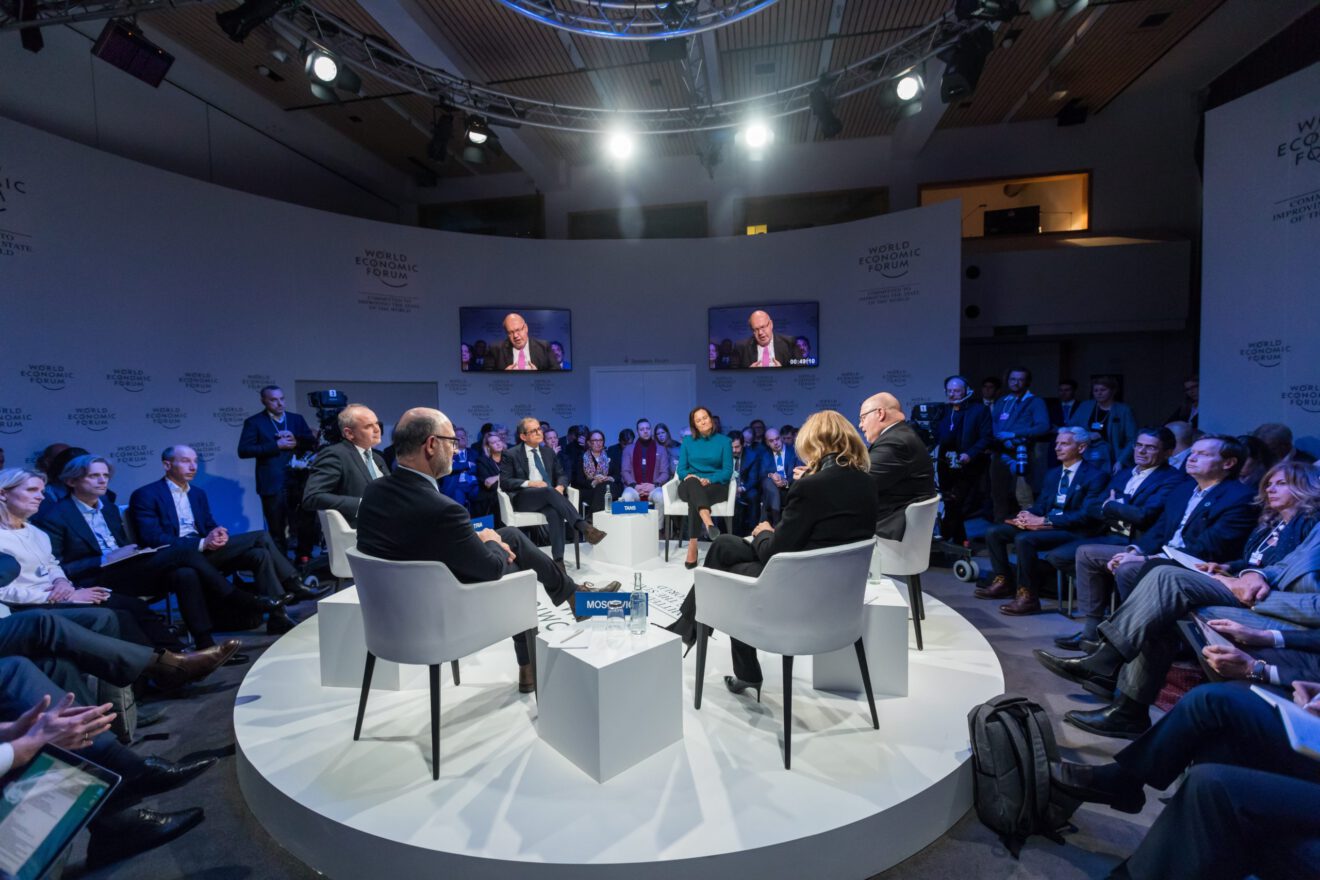Staring at the events calendar back in April of 2020, it was impossible to predict how the pandemic would impact event marketing in the short or long term. The prolonged shutdowns had so many of us wondering if the abrupt transition from in-person to online events would become the new operating standard.
Nearly two years later and with a lot more certainty in the air, we’re seeing quite a few event professionals eager to return to the “normal” practice of hosting large in-person events. But an even greater number have committed to moving ahead with a hybrid event model that is partly virtual and partly in-person. This approach, using today’s event technology, has been especially successful when the in-person portion is done on a smaller scale, as it delivers a higher ROI and increases engagement.
Let’s break down how this new hybrid model leads the way by first looking at why the more intimate in-person components of hybrid events deliver a better ROI.
Small events drive big outcomes
Smaller, in-person events consistently deliver a higher rate of return for several fundamental reasons:
More people attend. When my event marketing technology company Splash surveyed 270 event professionals and more than 3,000 event attendees from various industries in the USin late 2020, we found that smaller, in-person events are the best attended. The number of attendees for small events is nearly double that of larger ones. Although the percentage of positive registrations for large events may be impressive, the number of people who show up declines as events scale in size.
Sales lead quality increases. While attendees intend to go to big business events to network and develop meaningful sales relationships, the truth is they often become distracted from their purpose. They become overwhelmed by loud rooms and packed agendas and lost amidst the endless rows of booths.
When too many people are in one room, people are bound to tune out. That’s why the vanity metrics associated with larger events — like racking up thousands of visits to an event webpage or hundreds of registrations — don’t mean as much anymore.
Cost per guest decreases. Smaller events cost less and therefore carry less financial risk than large conventions and conferences. The bigger the event, the bigger the investment.
Plus, large-scale events require substantial resourcing and long production times. Their inflexible nature also goes against what most companies and marketing teams aim for — agility, speed and measurable results. In the past, we saw large-scale events as business “must-haves,” despite budget strain and hard-to-measure outcomes.
Decision-makers get quality face time. Getting decision-makers together in relevant, targeted situations generates measurable business results. Networking is a different ballgame when there aren’t as many people in the room. Small events give attendees the mental space to brainstorm, problem solve and learn from each other in a way they can’t do when their attention is spread thin.
While it still might feel counterintuitive, scaling down the in-person portion of your next hybrid event can be beneficial. Doing so can be an effective way to improve the quality of in-person interactions, sales leads, and ultimately, the event’s ROI.
Now, let’s look at how event technology has made hosting hybrid events even easier.
Event technology increases engagement levels
Advances in event technology have improved engagement levels in both the in-person and virtual side of hybrid events. The depth of conversation has improved and streamlined logistics have made it easier for attendees to navigate the event.
Here are three ways event technology is making a positive impact:
More inclusion. Introverts and attendees with social anxiety would often rather chew glass than raise their hands in a crowded breakout session or initiate cocktail hour conversations. Moving event discussions online means those attendees can participate without feeling overwhelmed by hypervigilant audience observations. Virtual events also provide neurodivergent and hearing-impaired attendees with transcripts and live closed-captioning technology, which was unheard of at traditional in-person events.
Improving audience segmentation. Event technologies let hosts segment audiences in unprecedented ways, simplifying the process of getting the right people in a room together. Breakout sessions can be segmented by organizational roles or the takeaways that attendees defined as important during the registration process. Rather than large groups of in-person or remote attendees listening passively to a speaker for an hour or two — and probably tuning out — engaging smaller groups in more interactive and collaborative experiences encouraged their involvement.
Reducing attendee frustrations. Technology that makes life easier for in-person attendees translates to more time spent interacting with each other and less time feeling frustrated with event logistics. Today’s event technology smooths the way by allowing for things like automated check-ins, GPS directions sent directly to cell phones and smartwatches that can remind attendees about their preselected sessions. All of these add to a seamless experience that encourages attendees to participate more and sign up for future events.
What does your next event look like?
Today, few businesses can tolerate investing the resources, money and time into an event only to generate negative ROI. We can’t go back to the old days of one or two tentpole conferences that could make or break an annual event budget.
Instead, event calendars are populated with more hybrid events that bear smaller in-person components.
No matter how the event landscape may continue to change in 2022, the lessons we’ve learned about improved ROI and the technological advancements in smaller events can and should be part of the future of events. Any organization wanting to improve their guests’ experience while maximizing their event investment must commit to implementing these changes starting now.
Eric Holmen is the CEO of Splash, a next-generation event marketing platform designed to help teams build and host virtual, in-person, and hybrid events. He is responsible for driving the company’s transformative growth and positioning Splash to help its customers do what they love: create memorable experiences, new connections, and business value.
